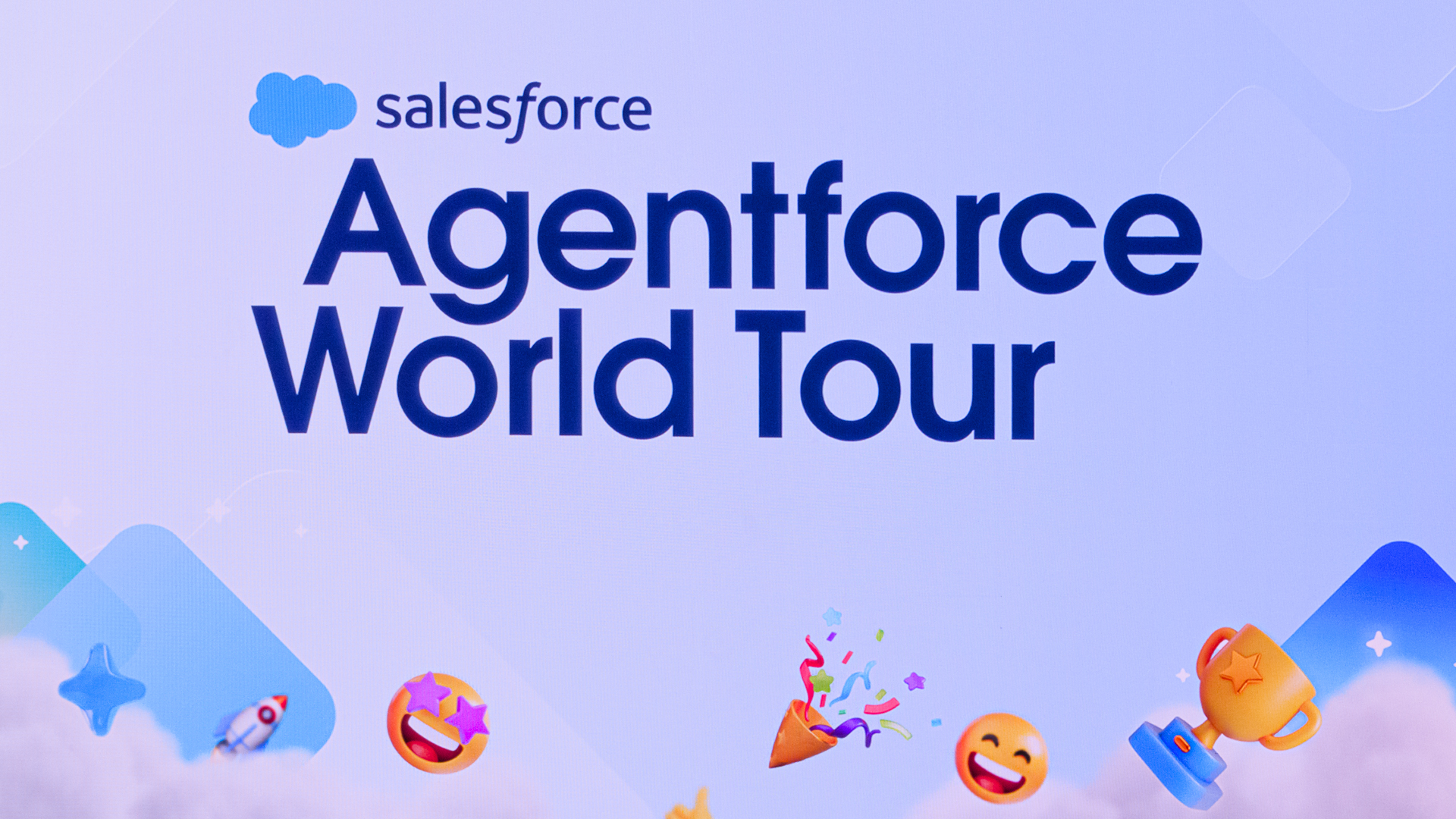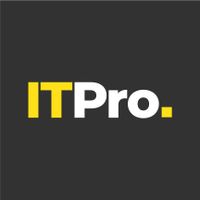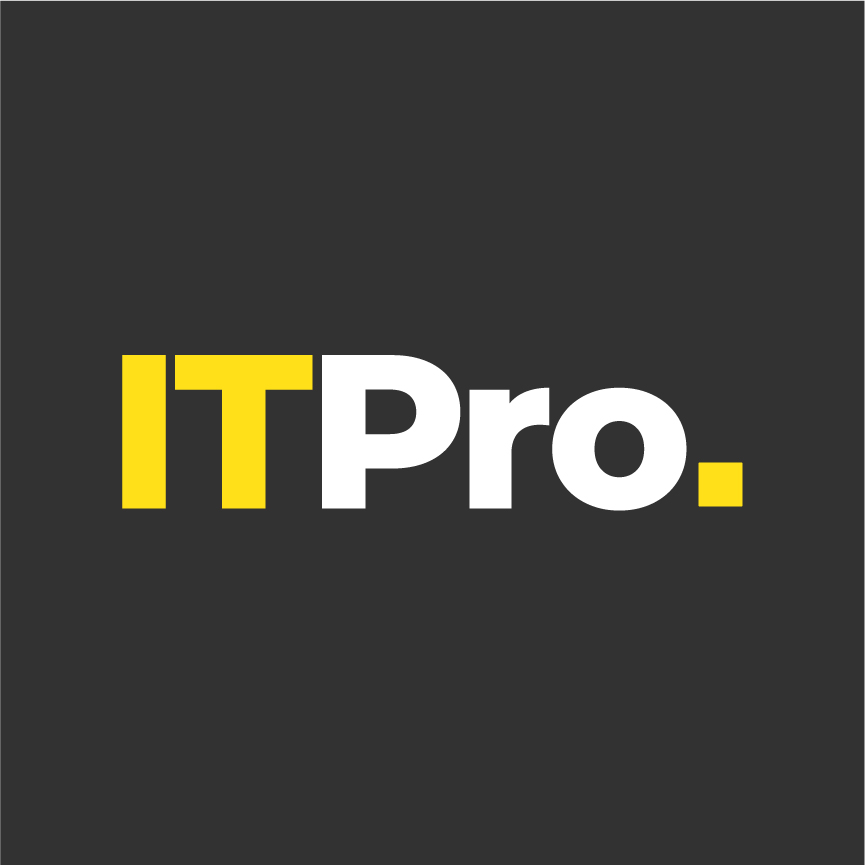Sponsored by Amazon Business
How are businesses managing the challenges of procurement?

If the past five years of supply chain issues have cemented anything in the mind of business decision-makers, it’s that procurement is a critical function of any modern business.
In Amazon Business’ 2025 State of Procurement Data report, senior leaders and decision-makers alike stated that effective procurement helps their organizations achieve return on investment (ROI) and meet the needs of stakeholders.
At the same time, businesses continue to struggle with key procurement challenges and face major hurdles with the adoption of technologies seen as carrying high potential for procurement, such as AI.
“Procurement is no longer a back-office function – it’s a key competitive advantage, allowing companies to reduce costs, increase operational efficiencies and fuel growth initiatives,” wrote Shelley Salomon, vice president at Amazon Business.
The report took in responses from over 3,400 senior leaders and procurement decision-makers across the US, UK, France, Germany, Italy, Japan, Mexico, and Spain between 11 June and 1 August 2024.
It found some key disconnects between the responses of senior leaders and decision-makers for the procurement function of the surveyed organizations, as well as tellingly unified responses to the main challenges they continue to face.
Supplier slowness is causing friction
One of the main issues for businesses when it comes to meeting strategic procurement goals is an inability or unwillingness for suppliers to adopt digital procurement.
In Amazon Business’ research, almost a fifth (17%) of both decision-makers and senior leaders identified supplier inability to support digital procurement as a common barrier to improving procurement operations.
The number of respondents in each group is up 10% for the former and 11% for the latter year-on-year, representing a clear breakdown in demand versus capability between organizations and the suppliers they rely on for smooth procurement.
In response, a majority of senior leaders (67%) and decision-makers (62%) state they’re diversifying their supplier base and building a stronger relationship with the most trusted “tier-1 suppliers” to build supply chain resilience.
With the right level of time and resources committed to supplier research and outreach, organizations can achieve these goals while also advancing progress toward environmental, social, and governance (ESG) targets.
Responsible procurement as a core concern
One of the core strategic focuses when it comes to procurement is socially responsible purchasing (SRP), with businesses accelerating plans to address adverse risk in their supply chains to meet new EU ESG rules, such as the Corporate Sustainability Due Diligence Directive 2024.
Making purchases from certified sellers is one of the main ways organizations seek to meet these needs. According to Amazon Business’ research, 80% of decision-makers already have certified seller targets, while 61% of businesses target sellers that follow sustainable practices.
Procurement teams are increasingly involved in setting out these goals, with over a third of both decision-makers (35%) and senior leaders (37%) urging their procurement workers to have more of a hands-on role with setting out ESG targets.
Despite the trend towards more detailed ESG targets, nearly half (48%) of decision-makers also indicated their procurement team is not fully prepared for the new rules, with 50% of senior leaders reporting the same.
The most common reason for this lack of preparedness, however, includes strategic difficulty in sourcing suppliers that advertise meeting ESG-specific criteria. Over two-thirds of respondents struggled with finding the suppliers necessary to meet their ESG goals, which has an impact on setting out and meeting targets.
The hurdle also highlights a clear opportunity for suppliers, with demand for clarity over sustainability certifications and attractive attributes such as the diversity of leadership.
A focus on efficiency
Procurement teams are under pressure to maintain standards while cutting costs, with just over a fifth (21%) of decision-makers and senior leaders identifying finances as a continued struggle. This pairs with 17% of the former and 13% of the latter, pointing to quality and legal compliance as an ongoing concern.
Over the next two years, the majority of respondents said there will be more of a focus on generating data, insights, and analysis, with 64% of decision-makers and 73% of senior leaders supporting the shift.
Leaders recognize the importance of targeted investment and digital transformation to overhaul existing procurement processes.
The top technologies currently being used by procurement teams include analytics and data tools and automation, which are being used by 65% and 56% of respondents, respectively.
In November 2024, Gartner predicted that chief procurement officers (CPOs) could turn to advanced AI features such as agentic reasoning and AI agents.
Amazon Business’ report measured little advancement in technological adoption among respondents compared to the previous year, though, and AI adoption dropped year-on-year. Just 42% of respondents identified AI optimization of procurement decisions as a technology they were currently using, compared to 47% the previous year.
AI ambitions
The two different groups surveyed also have different goals for AI deployment. Procurement decision-makers indicated they favor using the technology for cost and risk management or data analytics, in line with the concern held by 21% of the group, who reported a lack of systems necessary to track risks linked to regulations, the environment, and geopolitics.
Senior leaders, meanwhile, expressed more interest in using AI for data-driven decision-making and procurement strategy.
Despite the current slow rate of adoption and disagreement over its exact use cases, business leaders continue to express interest in the potential for AI. All of the top five technologies respondents plan to invest in over the next two to three years are rooted in AI, including demand forecasting, spend analysis, and risk management.
The importance of technological solutions does not outweigh that of skilled workers, though, and respondents put great emphasis on the importance of hiring and retention to overcoming procurement challenges.
The majority of decision-makers said they have reliable internal teams on whom they can rely, with 95% of those surveyed saying they have the necessary people and talent needed to perform well.
At the same time, respondents acknowledged the importance of talent as they pull on other levers to tackle procurement challenges. More than two-thirds (70%) of senior leaders rank attracting talent as a top priority in the next two to three years, with 64% of decision-makers agreeing.
Both groups also see value in retaining employees: 66% of senior leaders and 65% of decision-makers rank this as a top priority.
Looking ahead, one senior leader from a US manufacturing firm added that securing the right people is the key to overcoming cost concerns, stating: “If you hire someone, you’ll always save money”.
Senior leaders and decision-makers must bridge the gap between their different focus areas to agree on investment, hiring, and partner choices. With finalized strategies, procurement teams can be empowered to more easily unlock value for their businesses.
Provided organizations target investment in the right teams and technologies, while suppliers step up to better advertise how they meet growing corporate responsibility targets, procurement teams stand in good stead to overcome their current challenges.
Sign up today and you will receive a free copy of our Future Focus 2025 report - the leading guidance on AI, cybersecurity and other IT challenges as per 700+ senior executives
ITPro is a global business technology website providing the latest news, analysis, and business insight for IT decision-makers. Whether it's cyber security, cloud computing, IT infrastructure, or business strategy, we aim to equip leaders with the data they need to make informed IT investments.
For regular updates delivered to your inbox and social feeds, be sure to sign up to our daily newsletter and follow on us LinkedIn and Twitter.
-
 Hounslow Council partners with Amazon Web Services (AWS) to build resilience and transition away from legacy tech
Hounslow Council partners with Amazon Web Services (AWS) to build resilience and transition away from legacy techSpomsored One of the most diverse and fastest-growing boroughs in London has completed a massive cloud migration project. Supported by AWS, it was able to work through any challenges
-
 Salesforce targets better data, simpler licensing to spur Agentforce adoption
Salesforce targets better data, simpler licensing to spur Agentforce adoptionNews The combination of Agentforce 360, Data 360, and Informatica is more context for enterprise AI than ever before
-
 Effective Data and Cleo expand partnership to drive supply chain integration capabilities
Effective Data and Cleo expand partnership to drive supply chain integration capabilitiesNews The agreement will deepen collaboration between the Cleo Integration Cloud (CIC) and Effective Data’s data integration expertise
-
 The importance of supply chain resilience
The importance of supply chain resilienceSupported Content One of the greatest threats to businesses lies deep in the supply chain, with software complexifying and new AI supply chain anxieties to worry about

